5 Things You Need to Know About Cupid
Cupid is the ancient Roman god of love and the counterpart to the Greek god Eros. It’s him who inspires us to fall in love, write love songs...
Valeria Kumekina 14 June 2024
Are you looking for inspiration on how to furnish your home, how to dress, what to read, and where to go to make your life more aesthetic? Look no further; here comes a guide to Aestheticism, a 19th-century movement that disrupted the Victorian world by challenging its traditional values with a more sensual, personal, and profound approach to living.
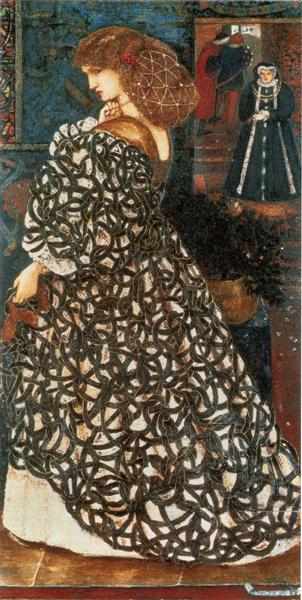
There was no unified or organized group of people with whom we can associate the movement that took place in Britain. Still, French literature primarily influenced it, maybe because it appeared in visual arts and literature. Some critics trace the movement’s origins to the Pre-Raphaelites, active from the mid-19th century and whose emphasis on sensual beauty was undoubtedly influential in developing this artistic style.

For the Aesthetic Movement, art was not confined to painting, sculpture, and architecture but encompassed every single part of everyday life. Therefore, it embraced decorative arts like ceramics, metalwork, fashion, furniture, and interior design. This is why images of interiors in white/beige furnished with minimalist but fashionable and expensive miscellaneous objects are not an invention of Instagram; nothing is original.
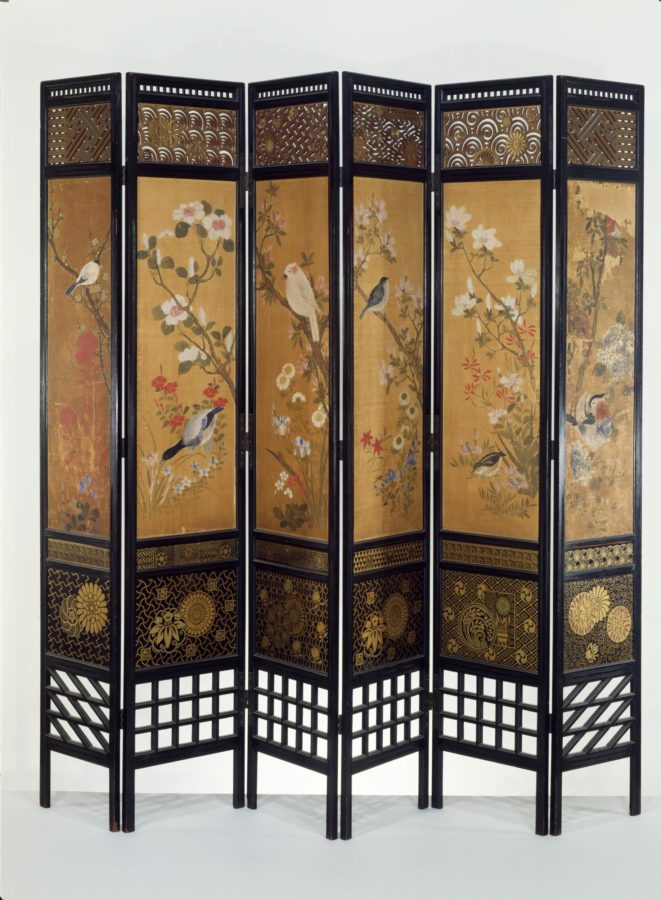
This new art movement opposed industrial production (notably the mass-produced and, hence, cheap and repetitive designs of consumer products). The artists distanced themselves from the Victorian preference for fussy decor abundant in curvaceous forms and detail. An aesthetic house was painted in subdued colors or had wallpapers in geometric designs, while simplified linear forms characterized furniture. The primary sources of inspiration were Pre-Raphaelite paintings and British Medieval art, as well as, you guessed it, Japanese motifs.
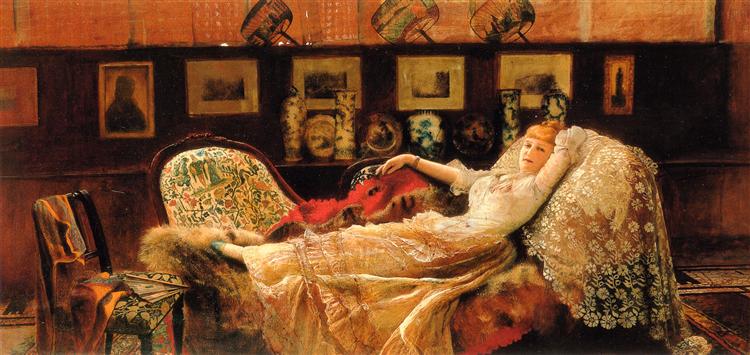
Poetry and prose were fundamental to the development of Aestheticism. Two Frenchmen, Charles Baudelaire and Théophile Gautier, argued that poetry should not have anything to do with didacticism. The English poet Charles A. Swinburne agreed with them and said that beautiful poetic form and ‘perfect workmanship’ made any subject admirable (and so he wrote about violence and sexual perversion, which you can imagine was quite shocking to poor pure Victorians).
Other writers, like Vernon Lee or Oscar Wilde, began writing art essays, sometimes condemned as ‘purple prose’ (i.e., overly elaborate and ornate writing, often densely allusive and metaphoric). Wilde’s writing, especially, threw off Victorians, who liked the serious and clear presentation of the argument. Instead, he relished paradox and playfulness and argued that life imitates art rather than the other way round (and he put his words into practice, always impeccably dressed and living in a way to make his life a work of art).
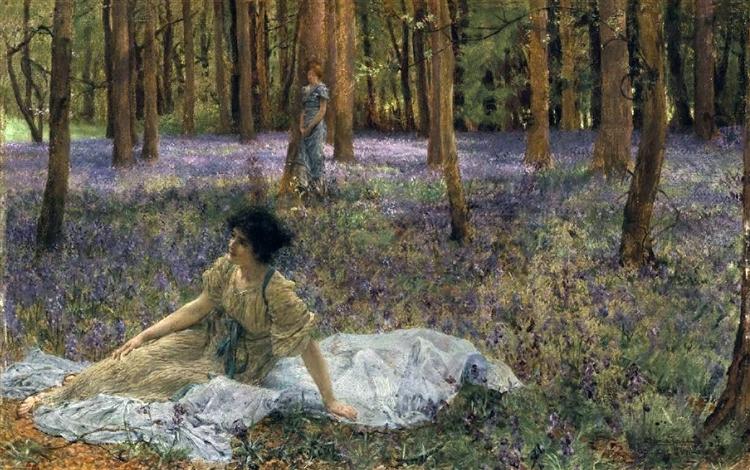
Victorians believed in art’s social function: educating and enlightening. Moreover, many artists believed they had been granted their talent by God/divinity/universe to improve society; they felt they had a mission to fulfill.
Aestheticism, instead, was on the opposite side of the spectrum: its famous motto, ‘art for art’s sake,’ meant reinforcing the sensual qualities of art and the sheer pleasure it provides.
Its opponents argued that Aestheticism was all about hedonism and useless, pretty things whose only function was to be pretty, a malicious simplification, which led to satirizing the movement in the press. The magazine Punch attacked figures like James Abbott McNeill Whistler, Oscar Wilde, or the poet Jellaby Postlethwaite, who had affinities with Wilde and who, in one famous cartoon, instead of ordering food for lunch, preferred to contemplate the beauty of a lily.
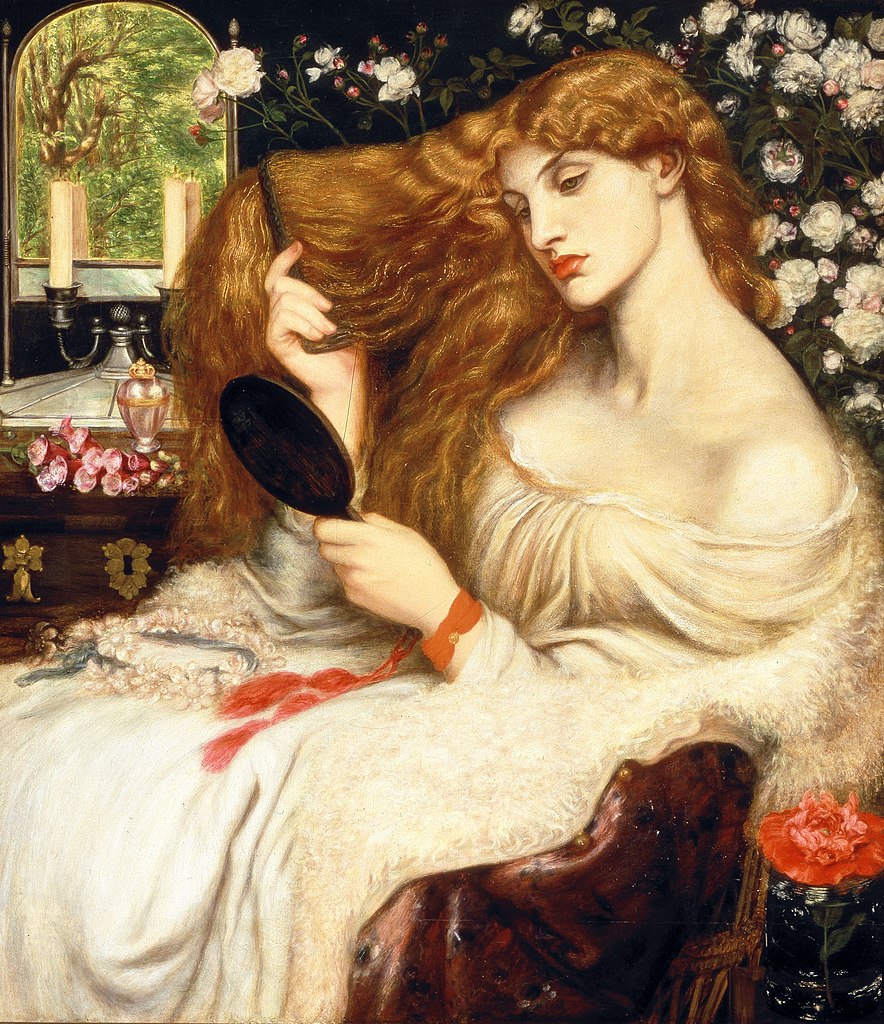
DailyArt Magazine needs your support. Every contribution, however big or small, is very valuable for our future. Thanks to it, we will be able to sustain and grow the Magazine. Thank you for your help!